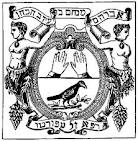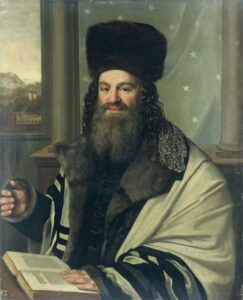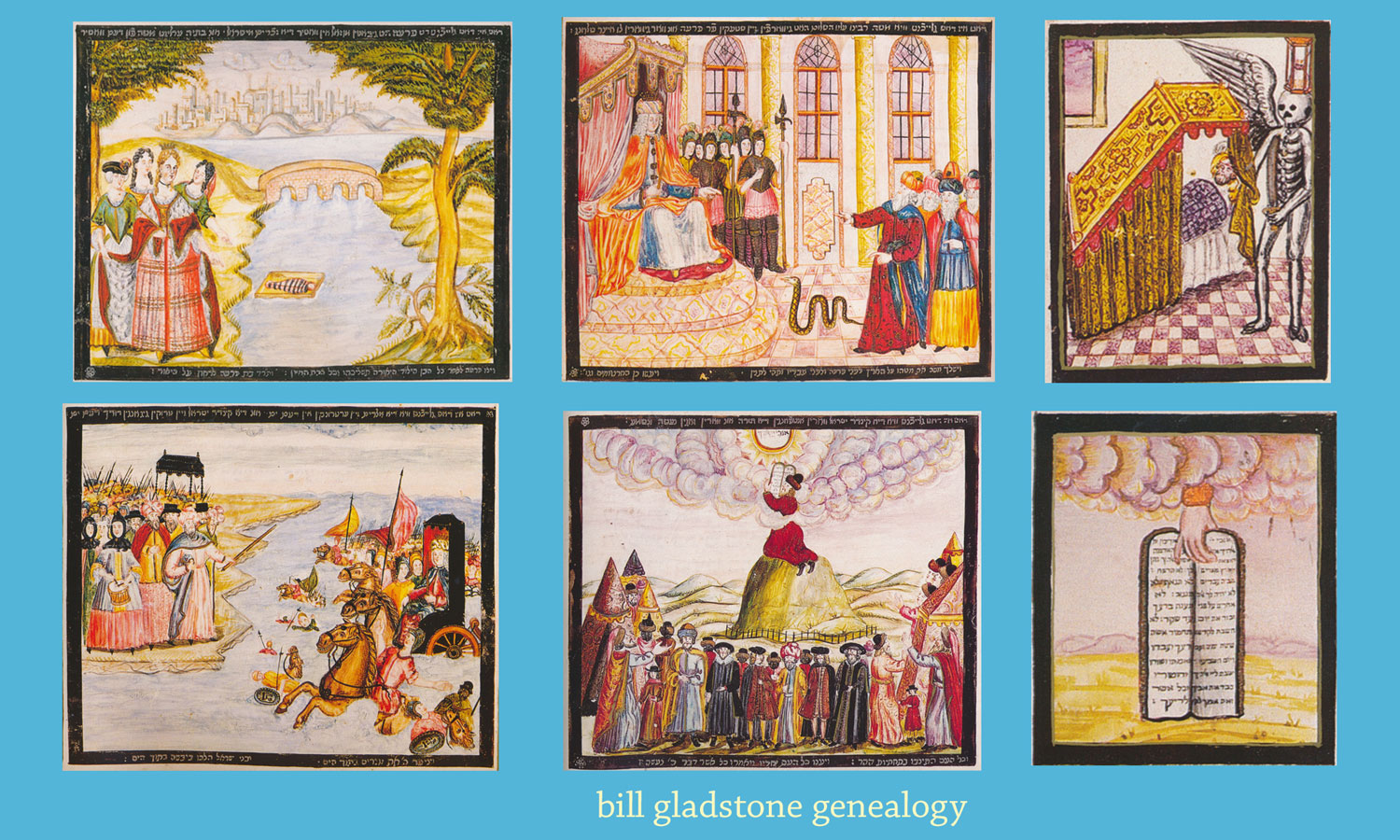 Originally appeared in The Canadian Jewish News
Originally appeared in The Canadian Jewish News
The Rothschilds had one. The Disraelis had one. The Montefiore, Mocatta and Sassoon families each had one. And so, according to some interpretations, did each of the twelve tribes of Israel.
Popular with the Jewish aristocracy in Europe since medieval times, Jewish coats of arms once seemed a sort of harmless conceit for the rich. Today, almost anyone can purchase a coat of arms for a small sum from internet retailers and mail-order houses that pretend to know all about our Cohen, Levinsky or Silverstein family forebears. Such ill-gotten honours, however, are almost always bogus.
According to some scholars, Jewish coats of arms were legitimized the moment the Lord told Moses and Aaron (Numbers 2:2) that “The Israelites shall camp each with his standard under the banners of their ancestal house.” According to an authority quoted in the Encyclopedia Judaica, the tribal standards “served the same purpose as heraldic devices.”
Each tribe, accordingly, was associated with its own emblem; for Judah, it was the lion. Because the entire Jewish people are said to be descended from Judah, the lion has become our predominant heraldic symbol.
Thus, a crowned and winged lion is prominent in the coat of arms granted in 1622 to Jacob Batsheba Schmieles, the first European Jew to receive that honour and become a knight of the Holy Roman Empire.

Rabbi Solomon Judah Loeb Rapoport (Wikipedia)
Similarly, the Montefiore family crest boasts a fierce-looking lion and antlered elk, as well as two banners with the word “Jerusalem” in Hebrew. Likewise, a lion and unicorn flank the Rothschild crest. Essentially a token of assimilation into the surrounding Christian mercantile culture, Jewish coats of arms often utilize stars of David, menorahs, Hebrew lettering and other Judaic elements. Crowns, too, despite their traditional use to glorify the Torah, are also common.
Jewish aristocrats in Old Europe adopted heraldic insignia as a means of demonstrating their social equality while, not incidentally, trumpeting their wealth and success. After 1656, the British happily granted coats of arms to many worthy Jewish applicants provided their families had been naturalized.
The largest Jewish subgroup to receive coats of arms were former Sephardic families who, as secret (Marrano) Jews, often took on the names of the Christian families that supported them. Da Costa, Solis, Suasso, Mendes, Pinto, Pereira and Teixeira are some of many Jewish families that received the prestigious emblems.
Heraldic icons often symbolize centuries of family history. Moses Montefiore based his coat of arms on a family badge embroidered on an ark curtain presented centuries earlier by Judah Leone Montefiore to the Ancona synagogue.
To cite two Canadian examples, Toronto businessman-philanthropist Sigmund Samuel (1867-1962) was proud of the coat of arms granted to his family by Cromwell in 1670. A replica adorns a stained-glass window in the Sigmund Samuel Library on the University of Toronto campus. And Israel Asper was granted a coat of arms just months before he died in October. It features three maple leafs inlaid with stars of David and a lion holding a lightning bolt and scales of justice, symbolizing Asper’s communications empire and his standing as a lawyer.
For most of us, however, our recent family histories aren’t illustrious enough to merit coats of arms. A JewishGen jester probably got it right when he joked not long ago that his own hypothetical Horowitz family crest would have had “a picture of a push cart in the centre, some needle work in the upper left (tailor), and an illustration of my grandfather (alleged horse thief) being run out of town.”
Rather than a coat of arms above the lintel, look to the doorpost for a better and more universal symbol of a Jewish family’s glorious and accomplished past. ♦
© 2005






